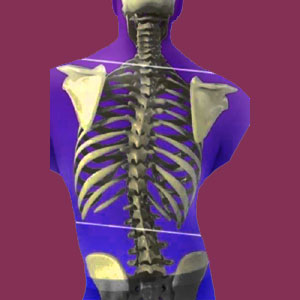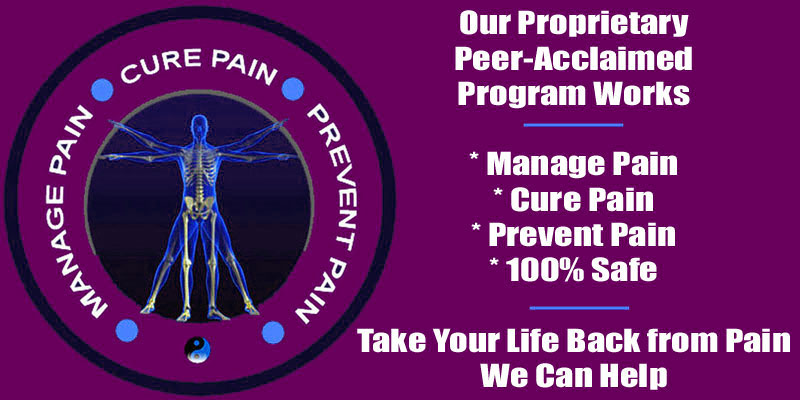
Fixed scoliosis describes structural changes to the vertebral column that dispose the spine to bend into a C shape or S shape. Furthermore, these changes are noted as being permanent and self-determining, rather than consequences of some other condition, such as in the case of functional scoliosis.
Doctors usually refer to fixed variants of side-to-side spinal curvature by the diagnostic name structural scoliosis or simply scoliosis. If no prefix is added to scoliosis, it is this particular form of the condition that is most often indicated.
We will use this dialog to expand our previous coverage of structural scoliosis by discussing the many varieties of fixed type scoliosis, as well as the most common therapeutic interventions for the diagnosis.
Fixed Scoliosis Varieties
Fixed varieties of scoliosis can encompass many other diagnostic nomenclature for more detailed classification, including idiopathic fixed, congenital fixed, infantile fixed, juvenile fixed, adolescent fixed, idiopathic fixed, cervical fixed, cervicothoracic fixed, cervicothoracolumbar fixed, thoracic fixed, thoracolumbar fixed and lumbar fixed scoliosis. Often these diagnostic names are combined to create the most specific classification, such as idiopathic adolescent thoracic fixed scoliosis, which is one of the most common forms of the condition observed medically.
Structural scoliosis is always an independent spinal issue that is not created due to some other primary and correctable origin. Spinal curvatures that are direct consequences of another causative process are considered to be examples of functional scoliosis, also called nonstructural scoliosis.
Fixed Scoliosis Locations
As noted above, fixed types of side-to-side spinal curvature can occur in any of the usual spinal regions, including the cervical, thoracic or lumbar zones. These curvatures can also transcend single zone profiles, encompassing 2 or even 3 spinal regions, such as in the cases of cervicothoracic, thoracolumbar or cervicothoracolumbar scoliosis.
When discussing significant degrees of structural scoliosis curvature, most cases will statistically affect the thoracic region or the thoracolumbar regions. Cervicothoracic and cervicothoracolumbar curvatures are less prevalent. Purely lumbar and purely cervical curvatures are very rare.
Fixed Scoliosis Therapies
Significant fixed scoliotic curvatures will not generally respond well to conservative care. Minor curvatures will low organic pressure to progress might respond favorably to exercise and the simple passage of time. Some minor curvatures will actually completely resolve organically as the patient grows, but this is not typical.
Bracing is usually very effective at decreasing or completely halting the progression of curvatures in young, growing patients. In the best case scenarios, some dramatic braces might actually help to permanently reduce the degree of curvature compared to the original diagnostic point. However, these very auspicious results are not considered average outcomes by any means.
The only really effective curative intervention for established structural scoliosis is spinal fusion. This operation literally forces the spine back into a more typical shape by removing the intervertebral discs, bonding the vertebral bones together using grafts, and reinforcing the entire backbone with attached hardware that must remain in place, most often for life. Fusion is a very dangerous procedure that has inherently negative connotations of the spine but is the best medical science has managed to do for severe cases of scoliosis, so far.
New hopeful treatments include genetic therapies, such as gene elimination and stem cell modalities that might be able to prevent, reduce or even resolve scoliosis without the terrible barbarism associated with spinal fusion. However, these treatments will require time and might not produce the results that scientists currently optimistically expect. If they do deliver, scoliosis could be effectively ended within a generation.





